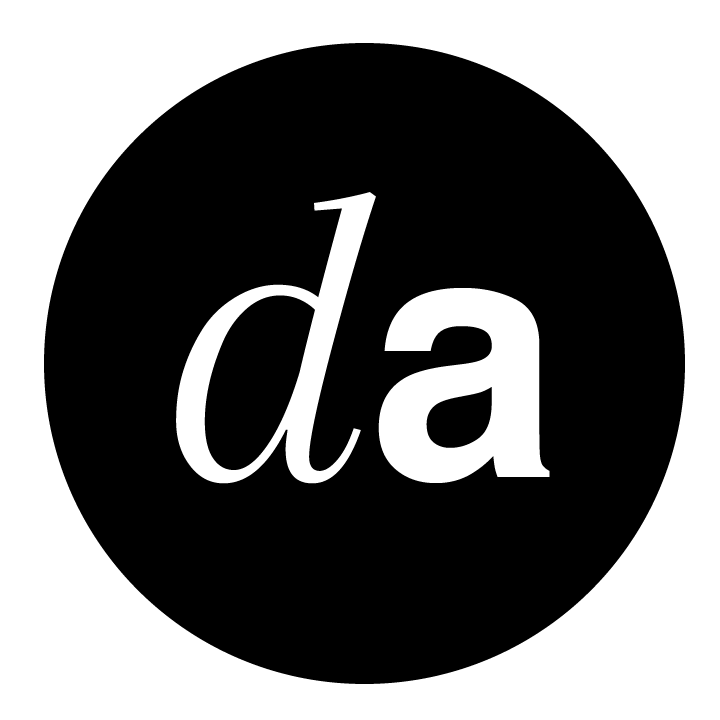Getting Started in UX Design: A Compass for the Aspiring Creative
Embarking on a career in UX design is akin to setting sail on the boundless seas of creativity and human-centered innovation. As you, the budding designer, stand at the helm, ready to navigate the intricate waters of user experience, this guide, crafted from the wisdom of seasoned UX professionals, is here to serve as your compass. Its purpose is to illuminate your path and arm you with the essential navigational tools required for a successful and rewarding journey in the dynamic field of UX design.
Laying the Keel: Building a Solid Foundation
The keel of your UX career ship is a solid understanding of design principles. Begin by diving deep into the core of user-centered design, exploring the vast ocean of information architecture, and mastering the currents of interaction design. Just as a ship's keel provides stability and structure, a strong foundation in these areas will ground your work in best practices and proven methodologies.
Resources are plentiful for the eager learner. Books penned by design luminaries offer insights into the philosophy and practicalities of UX design. Online courses—ranging from introductory to advanced levels—provide structured learning paths complemented by real-world applications. Workshops and boot camps, often led by industry experts, offer immersive experiences that can accelerate your learning through hands-on projects and peer collaboration.
Charting the Course: Cultivating a Design Mindset
A successful UX designer navigates with a mindset that combines curiosity, empathy, and an unwavering focus on the user. To develop this mindset, engage in the practice of observing and analyzing the design of everyday products and digital experiences. This is akin to a captain studying the stars and the winds: by understanding the elements at play, you can make informed decisions that enhance user satisfaction and engagement.
Critical thinking and problem-solving are the stars by which you'll navigate. Challenge yourself to consider not just the aesthetics of a design but its functionality, accessibility, and usability. How does it serve the user? What pain points does it address, and where might it fall short? This level of analysis cultivates an intuitive understanding of user needs and behaviors, guiding your design decisions like a compass needle pointing true north.
Hoisting the Sails: Mastering the Tools of the Trade
In the journey of UX design, tools and software are your sails and rigging, catching the winds of creativity and propelling your projects forward. Proficiency in platforms such as Sketch, Adobe XD, Figma, and InVision is crucial. These tools are the medium through which your ideas are visualized and communicated, allowing for the creation of wireframes, prototypes, and high-fidelity designs that bring user experiences to life.
Just as a skilled sailor knows every line and sails on their ship, a UX designer must master the tools to effectively translate concepts into tangible designs. This mastery enhances your efficiency and enables you to experiment and innovate, pushing the boundaries of what's possible in user experience design.
Navigating with the Fleet: Engaging with the UX Community
The journey of a UX designer is not a solitary voyage but a passage made richer through engagement with the broader community of designers. This community is your fleet, offering support, guidance, and camaraderie. By joining UX groups, participating in meetups, and connecting with peers on platforms like LinkedIn, you tap into a wealth of collective knowledge and experience.
Engagement with the community provides a beacon in the fog, offering insights into industry trends, feedback on your work, and opportunities for collaboration. Through these connections, you can find mentors, gain inspiration, and even discover pathways to new opportunities. Remember, in the vast sea of UX design, a strong network is your lifeline to new horizons.
Setting Anchor: Creating a Portfolio
Your portfolio is the anchor of your professional identity, grounding your career in a tangible demonstration of your skills, process, and problem-solving abilities. It should be a carefully curated collection that showcases your best work and tells the story of your journey as a designer. Each project in your portfolio should highlight your methodology, from research and ideation to prototyping and user testing, illustrating your ability to think critically and design solutions that meet user needs.
Think of your portfolio as a map of your professional journey, marked with the projects and challenges you've navigated. It should display the destinations and routes taken, showcasing your unique approach to problem-solving and your growth as a designer.
Charting Uncharted Waters: Gaining Real-world Experience
The true test of a UX designer's skills lies in the tumultuous waters of real-world experience. Internships, freelance projects, and personal initiatives provide grounds for applying theoretical knowledge to practical challenges. This is where you'll encounter the unpredictable currents and shifting winds of real user needs, business constraints, and technological limitations.
Real-world projects are the voyages that build your sea legs, offering invaluable lessons in collaboration, time management, and adaptability. They provide a platform for experimenting with design solutions in live environments, receiving direct.

